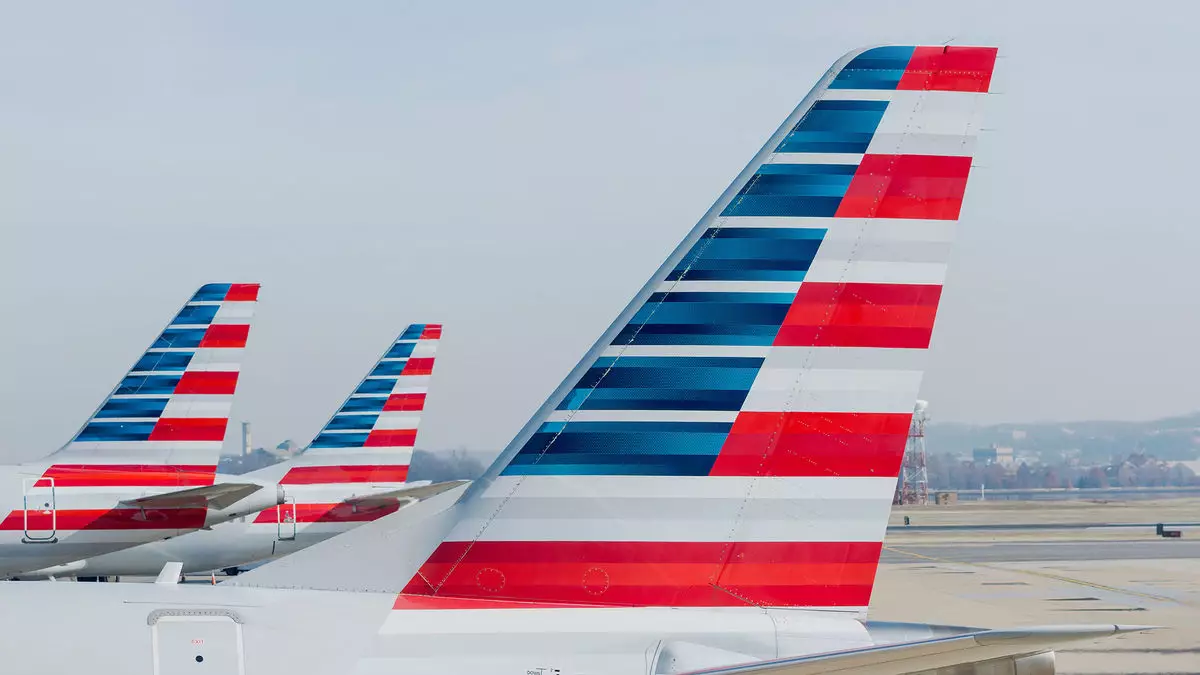American Airlines has recently defended its distribution strategy and outlined its efforts to optimize it, although its first-quarter corporate demand growth rate fell behind some competitors. The airline is focusing on shifting bookings to its direct or New Distribution Capability channels while reducing unnecessary expenses to enhance long-term customer value.
American Airlines began removing up to 40% of its fares from EDIFACT channels to drive bookings towards its preferred platforms. Despite the initial risk to business revenues, the airline has seen progress with managed corporate travel recovering and domestic business revenue surpassing capacity growth in Q1. The company reported close to double-digit growth in total business revenue driven by unmanaged corporations, with managed corporates showing mid-to-high single-digit growth.
While Delta Air Lines and United Airlines recorded a 14% year-over-year increase in first-quarter corporate growth rates, Southwest Airlines continues to capture corporate market share. American Airlines, however, is serving the corporate market with a 7% lower distribution expense compared to its pre-optimization phase. The shift towards direct customer engagement through digital platforms is aligned with industry trends, as modern technology allows for more efficient and cost-effective transactions.
While American Airlines has postponed its preferred travel agency program launch, the carrier acknowledges the positive reception from agencies transitioning to NDC channels. The company’s move towards a digital selling and servicing experience has attracted major agencies looking to compete in the evolving market landscape. By reducing distribution costs and enhancing revenue on transactions, American aims to optimize its revenue-generation model rather than solely focusing on market share expansion.
Financial Performance
In the first quarter, American Airlines reported passenger revenue of nearly $11.5 billion, marking a 3.2% year-over-year increase. Total revenue amounted to almost $12.6 billion, reflecting a 3.1% growth from the previous year. Despite a $312 million net loss for the quarter, the airline remains optimistic about its future capacity expansion and fuel cost projections. With second-quarter capacity expected to rise by 7% to 9% year over year, American anticipates mid-single-digit full-year capacity growth, with fuel costs estimated between $2.25 to $3.25 per gallon.
American Airlines is navigating a strategic shift towards optimizing its distribution channels to drive revenue and profit growth. By leveraging digital platforms and focusing on customer value, the airline aims to enhance its competitive position in the market. The company’s proactive approach to adapting to industry trends and customer preferences demonstrates a commitment to long-term sustainability and profitability in a rapidly evolving airline landscape.

